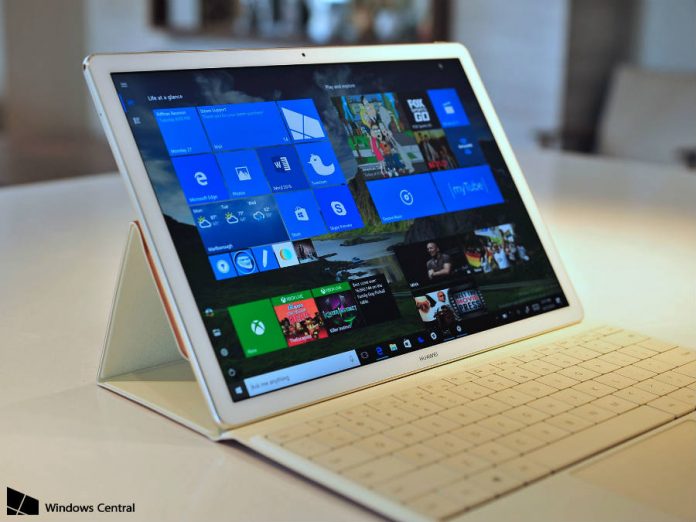
Earlier last month, rumors surfaced about Huawei’s MateBook making a return this year with three new models. Evan Blass tweeted an image depicting the MateBook E, X, and D, all three of which will have next-gen processors and run Windows 10.
From the trio, only the MateBook E looks like it will follow the steps of the original 2-in-1 device but now with a premium price tag set to compete with Microsoft’s Surface Book. The X and the D, on the other hand, will be regular mid-range notebooks.
Although the original Huawei MateBook was far from a bad device, it did not do so well in the market after its release last summer. Here are its specifications and what we can expect from the upcoming lineup.
Huawei MateBook: Specs and Design
Huawei launched the MateBook as a harbinger of “the new style of business.” The hybrid device was an early approach to 2-in-1 laptops before the industry trend turned into a full-on craze.
Pascal + Bell + Watt = Matebooks E, X, & D (/not/ respectively).
RT @rquandt (Huawei MateBook "Pascal"…) https://t.co/beQlSjIDk9 pic.twitter.com/CgXz5AIeMH
— Evan Blass (@evleaks) April 11, 2017
The MateBook is a modest device available in Golden and Gray presentations and a single size. It has a 12-inch IPS TFT LCD with 2160 x 1440 resolutions, and it weighs around 640 grams.
6th generation, dual-core Intel’s Core m3 or m5 processor powers the tablet, with performance capacity up to 3.1 GHz. Base SSD storage is 128 GB, but it supports up to 512 GB. Users can choose between 4 and 8 GB of LPDDR3 RAM as well.
Huawei’s 2-in-1 PC features only three ports: one for the power adapter, one for USB-C connections, and a headphone jack. The portable computer has Bluetooth 4.1., Wi-Fi, dual speakers and digital mic, a 5 MP camera, and a 4430 mAh battery that lasts 10 hours in average.
Huawei MateBook: Features and Price
The Huawei MateBook supports some accessories that make it a true hybrid device. The MateBook Portfolio Keyboard, MatePen, and MateDock, however, they sell separately from the tablet.
The Portfolio Keyboard is pretty much self-descriptive. It acts as both a cover and a keyboard, which also includes a trackpad. The MatePen, on the other hand, is a stylus that supports up to 2048 pressure point levels, has a laser pointer, and dedicated buttons to pass slides.
The MateBook’s MateDock is similar to the concept behind the Surface Dock. It is a brick that further enhances the connectivity capabilities of the 2-in-1, and it includes a VGA port, an HDMI port, an Ethernet port, and two USB 3.0 slots. It connects to the tablet via USB-C.
At the time of its launch, the starting price for just the MateBook sans accessories was $699. Currently, costs have dropped enough to find a base model of the hybrid device for less than $500. The bundle with all the peripherals reaches the $700.
Source: Huawei










